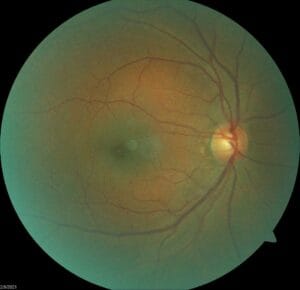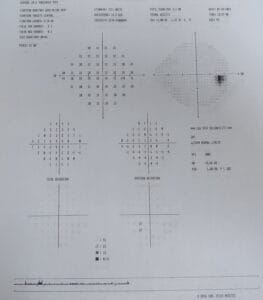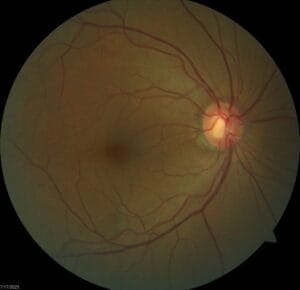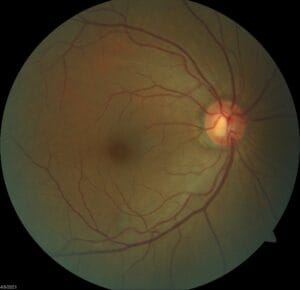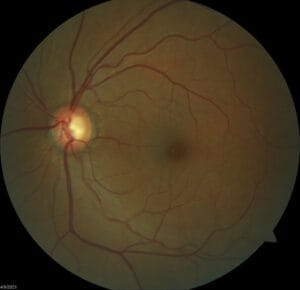I can laugh now, looking at the days when I would show up to early and pre-chart for every patient that was on my schedule for the day. Yes, it gave me an idea of what kind of day to expect, if there were any challenging patients to look forward to or if I was going to be able to catch up with some of my favorite patients. I inwardly chuckle now when I see my students doing the same thing.
When I was working on the Navajo reservation, however, I quickly came to realize that my schedule always changed. Forces outside my control would mean patients would miss their appointments and follow ups. Sometimes, that would be because of lack of transportation. Other times, there would be work they could not get time off for. It did not matter of the weather was rainy or snowy or sunny – the show rate varied all the time. And then we would get a lot of walk in patients who were okay waiting to be seen if no one showed up or urgent care patients needing a red eye treated.
Now that I am working in community clinics, it’s still the same. My patients still have to deal with transportation issues, time off from work, family obligations, and more. I’ve learned to not let that get to me. If I have a light day, great. If I have a busy day, great. The no show rate is highly variable. But what I do know is that when the patients do show up, they are serious about getting their eyes checked out and I am here to (hopefully) help them.
So what do I do when a patient actually shows up, especially if they are a return patient? I generally only look at 6 few things:
- When was their last visit with us
- What was their best corrected vision at the last visit (and put their last prescription in to the phoropter if applicable)
- If their vision was not correctable to 20/20, why
- Quick review of last chief complaint
- Quick review of last plan
- Quick review of any prescription eyedrops or medications
Any other details and specifics, I can look at again later when I’ve greeted the patient and after I have already started the testing.
This review should only take a minute or so, depending on the patient complexity. You don’t have to spend five or ten minutes going into all the details because things may have changed since the last visit and you need to prioritize the reason for today’s visit anyway, which may or may not match the last exam’s plan.
So in brief, I would suggest keeping the majority of your pre-charting to an efficient minimum so you can maximize your time with the patient in your chair.
What do you add or subtract from your pre-charting to help with your efficiency?




